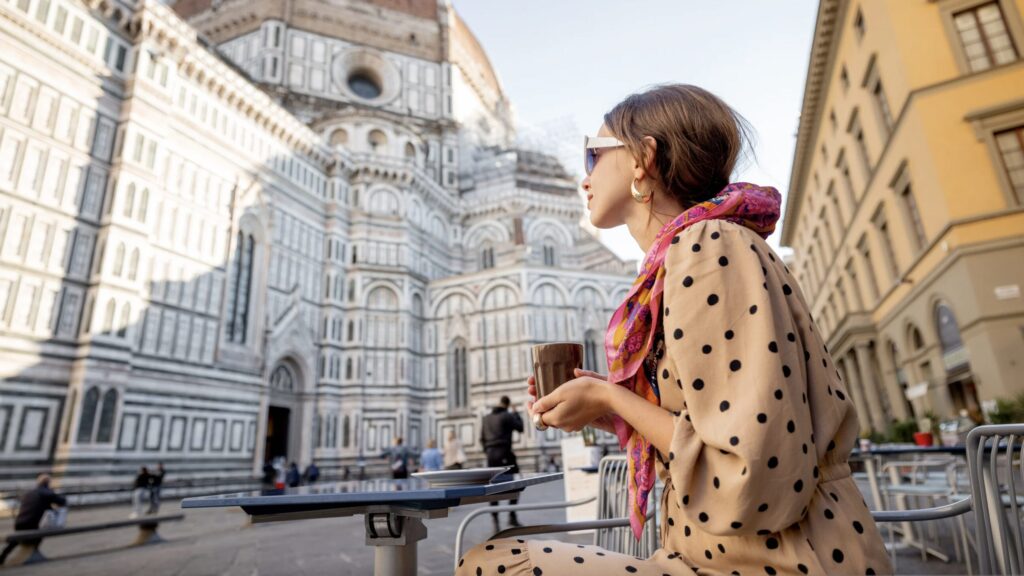
Top 10 Things to Do in Italy for First-Time Travelers
With its rich history, stunning landscapes, and world-famous cuisine, Italy offers something for every traveler. From ancient ruins and Renaissance art to charming villages and scenic coastlines, it’s easy to see why it’s one of the world’s top travel destinations.
Planning your first trip to Italy can be both exciting and overwhelming. Discover the best things to do in Italy as a first-time visitor and ensure a smooth, unforgettable journey without common tourist mistakes.
1. Explore Ancient Rome: Walking Through History
Rome wasn’t built in a day, and you certainly can’t see it all in one day either. The Eternal City offers an incredible journey through time with its well-preserved ancient structures and vibrant modern culture.
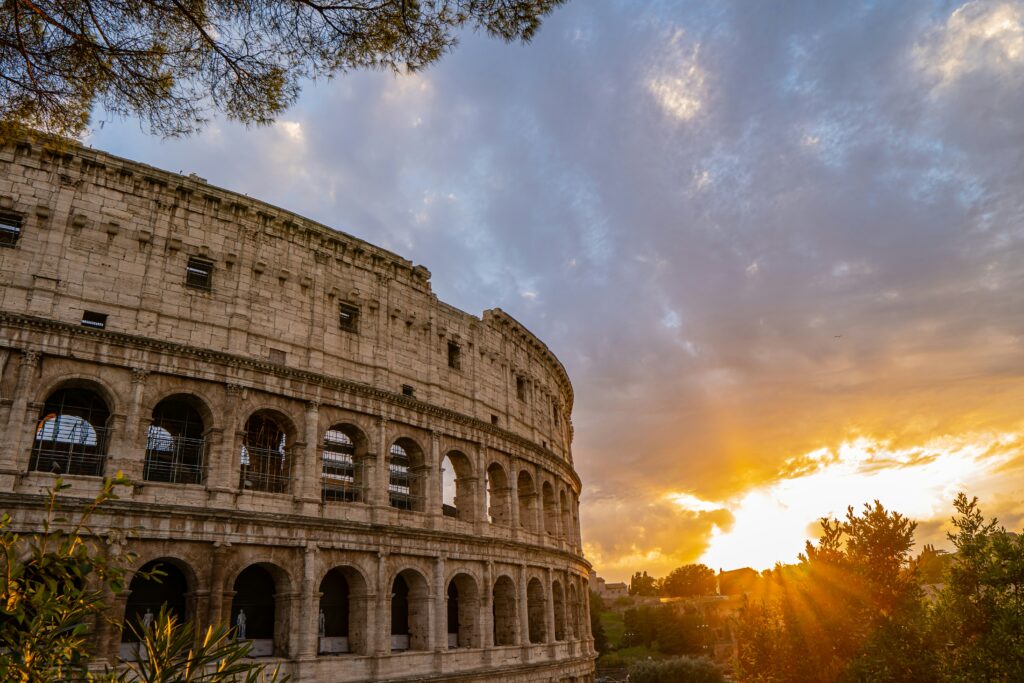
The Colosseum: Step Into Gladiatorial History
No visit to Rome is complete without experiencing the Colosseum. This massive amphitheater once hosted gladiatorial contests and public spectacles for up to 80,000 Romans. To make the most of your visit, be sure to book your tickets in advance. Having unlimited data in Italy can also enhance your experience, letting you navigate easily, access historical details on the go, and share your trip in real time.
Morning visits (before 10 am) or late afternoon tours help you avoid the worst crowds. Don’t miss the underground chambers tour for a fascinating glimpse into the mechanics that brought animals and fighters up to the arena floor.
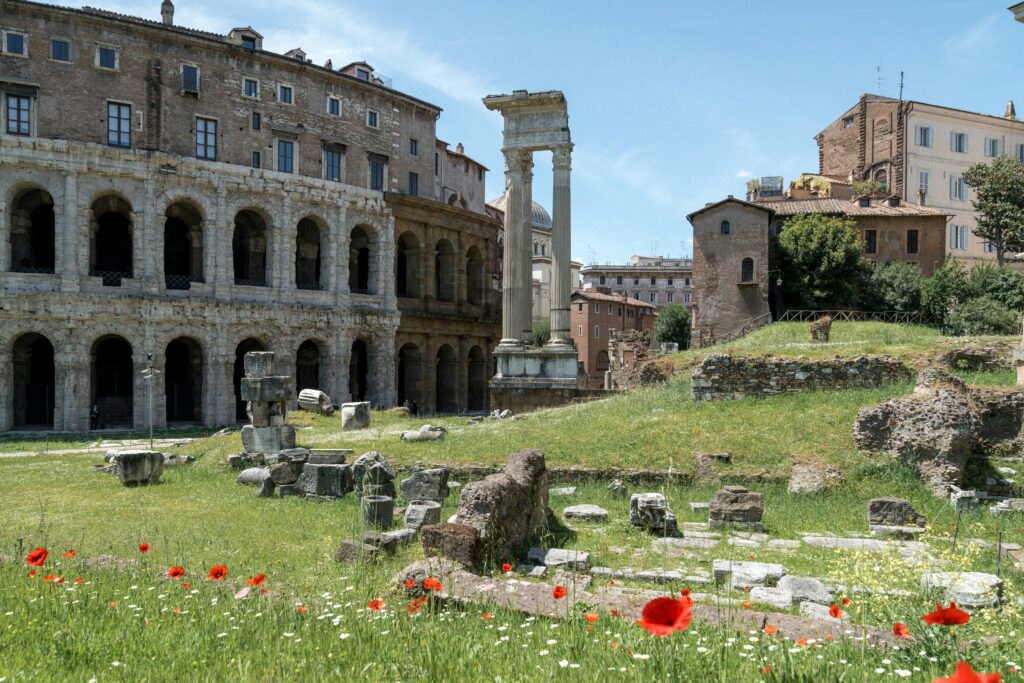
Roman Forum & Palatine Hill: Heart of the Empire
Just a short walk from the Colosseum lies the sprawling archaeological complex of the Roman Forum and Palatine Hill. This was once the center of ancient Roman public life and home to the city’s most elite citizens.
A guided tour can bring these ruins to life, helping you visualize the bustling marketplace and government buildings that once stood here. The Palatine Hill offers stunning panoramic views of the city and a peaceful escape from the crowds below.
Off-the-Beaten-Path Ancient Sites
Beyond the major attractions, Rome hides lesser-known ancient treasures like the Baths of Caracalla and underground Mithraic temples. These sites often have fewer visitors but equally fascinating stories to tell.
After immersing yourself in ancient history, it’s time to fast-forward to another revolutionary period that shaped our modern world, the artistic rebirth that took place in Florence.
2. Discover Renaissance Masterpieces in Florence
Florence cradles the heart of the Renaissance, where art and architecture reached new heights of expression and innovation. Walking through this compact city feels like stepping into a living museum.
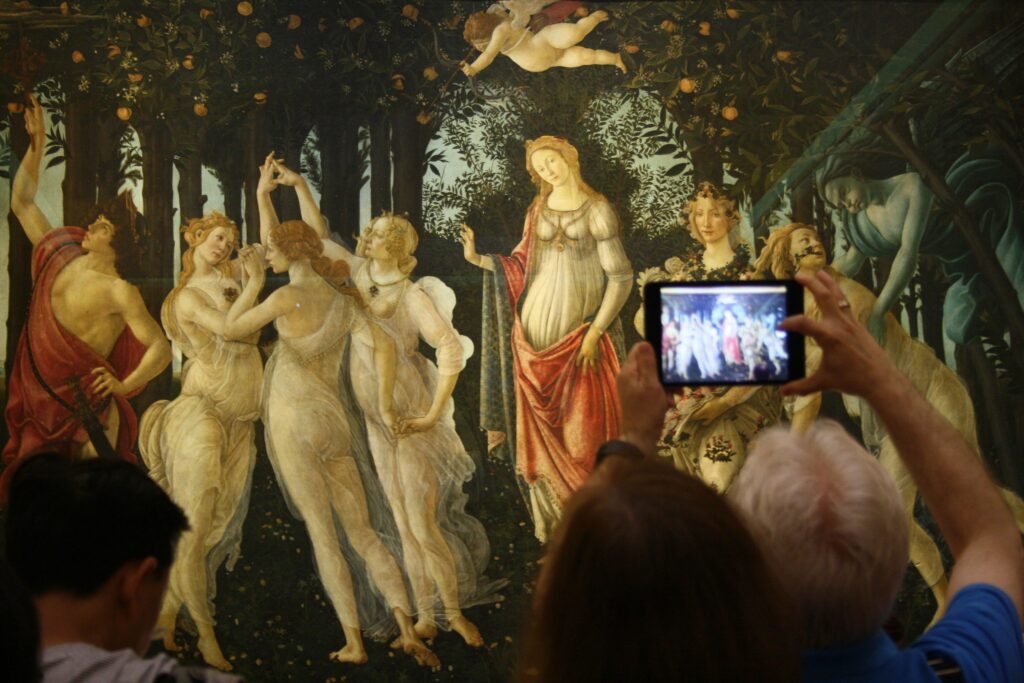
Uffizi Gallery: Artistic Treasures Beyond Compare
The Uffizi houses one of the world’s greatest collections of Renaissance art, including Botticelli’s “Birth of Venus” and works by Leonardo da Vinci, Raphael, and Michelangelo. This museum deserves at least half a day to properly explore.
Book your tickets well in advance, especially during high season, and consider visiting during weekday afternoons when crowds thin out. The museum’s layout takes you chronologically through the development of Renaissance art, providing context for these masterpieces.
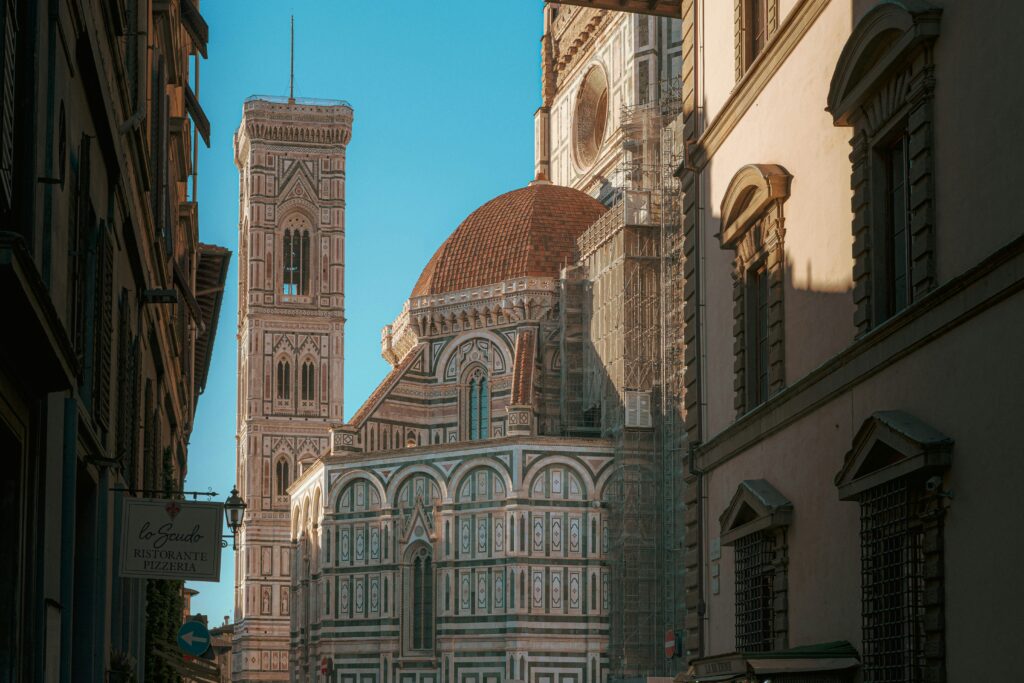
Duomo Complex: Brunelleschi’s Marvel
Florence’s Cathedral of Santa Maria del Fiore (the Duomo) dominates the city skyline with its massive terracotta dome designed by Brunelleschi. Climbing to the top rewards you with breathtaking views of the city and a close-up look at the innovative double-shell dome construction.
A combined ticket gives you access to the cathedral, dome climb, bell tower, baptistery, and museum all worth visiting to understand this architectural achievement fully.
Authentic Artisan Workshops
Florence continues its artistic tradition through modern artisans crafting everything from leather goods to handmade paper. Oltrarno, the neighborhood across the Arno River, houses many traditional workshops where you can watch craftspeople at work.
While Florence captivates with Renaissance masterpieces on land, Venice offers an entirely different Italian experience built on water. This floating city presents a magical world where streets are replaced by canals and transportation becomes an unforgettable adventure.
3. Get Lost in Venice’s Enchanting Canals
Venice is like nowhere else on earth a city where waterways replace streets and getting lost is part of the charm. This floating masterpiece delivers magic around every corner.
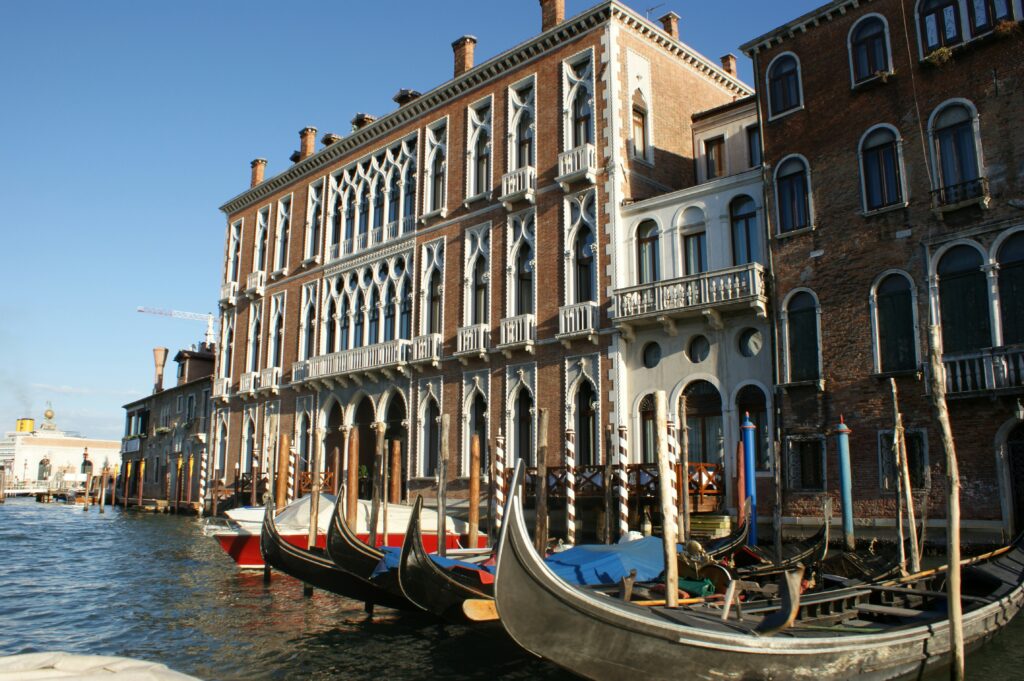
Grand Canal Adventures: Beyond Standard Gondola Rides
While a gondola ride might seem cliché, it remains one of the most quintessential things to do in Italy. For a more authentic and less expensive alternative, try the public vaporetto (water bus) along the Grand Canal, especially Route 1, which cruises the entire length.
Early morning or sunset provides the most enchanting light for photographs. If you do splurge on a gondola ride, negotiate the price beforehand and consider sharing with other travelers to reduce costs.
Secret Venice: Hidden Corners and Local Neighborhoods
Step away from St. Mark’s Square to discover the authentic Venice in neighborhoods like Cannaregio or Dorsoduro. Here you’ll find locals going about their days, hanging laundry between buildings, and chatting in peaceful campos (squares).
The Jewish Ghetto, the world’s first, offers fascinating historical context, while the colorful islands of Burano and Murano make perfect day trips to witness traditional lacemaking and glassblowing.
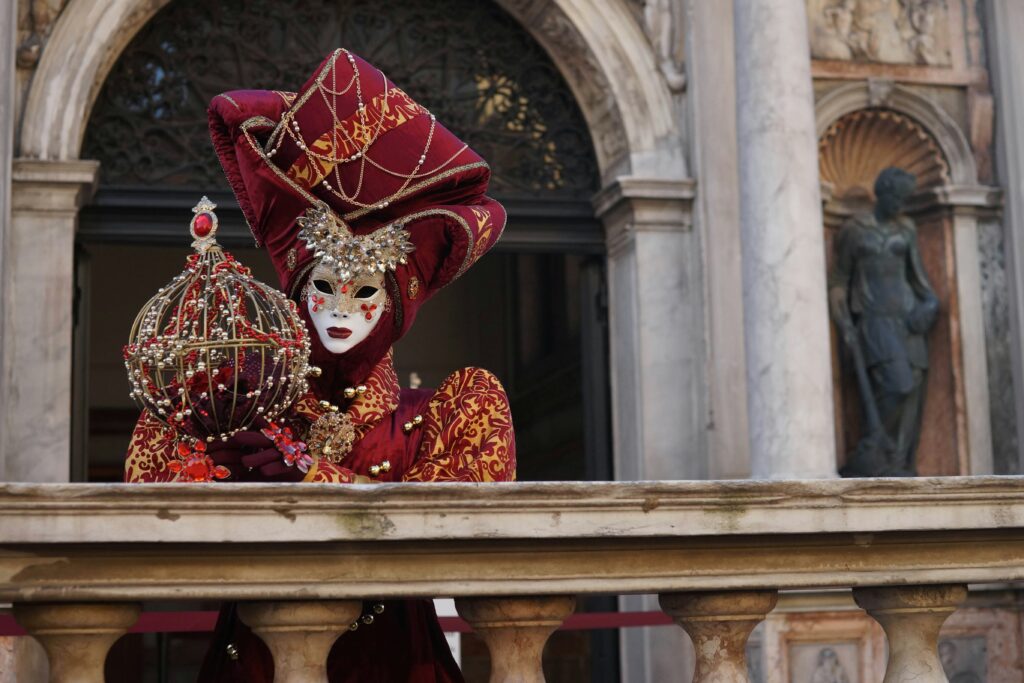
Venetian Cultural Experiences
Beyond sightseeing, Venice offers immersive cultural experiences like mask-making workshops where you can create your own Carnival masterpiece or traditional rowing lessons to try your hand at navigating a canal.
From the northern waterways of Venice, we journey south to where mountains dramatically meet the Mediterranean Sea. The Amalfi Coast presents Italy’s natural beauty at its most stunning vertical landscapes where colorful villages cling to cliffs above sparkling azure waters.
4. Drive Along the Amalfi Coast’s Breathtaking Landscapes
The Amalfi Coast’s dramatic beauty has made it one of Italy’s most photographed destinations. This UNESCO World Heritage Site combines natural splendor with charming seaside villages.
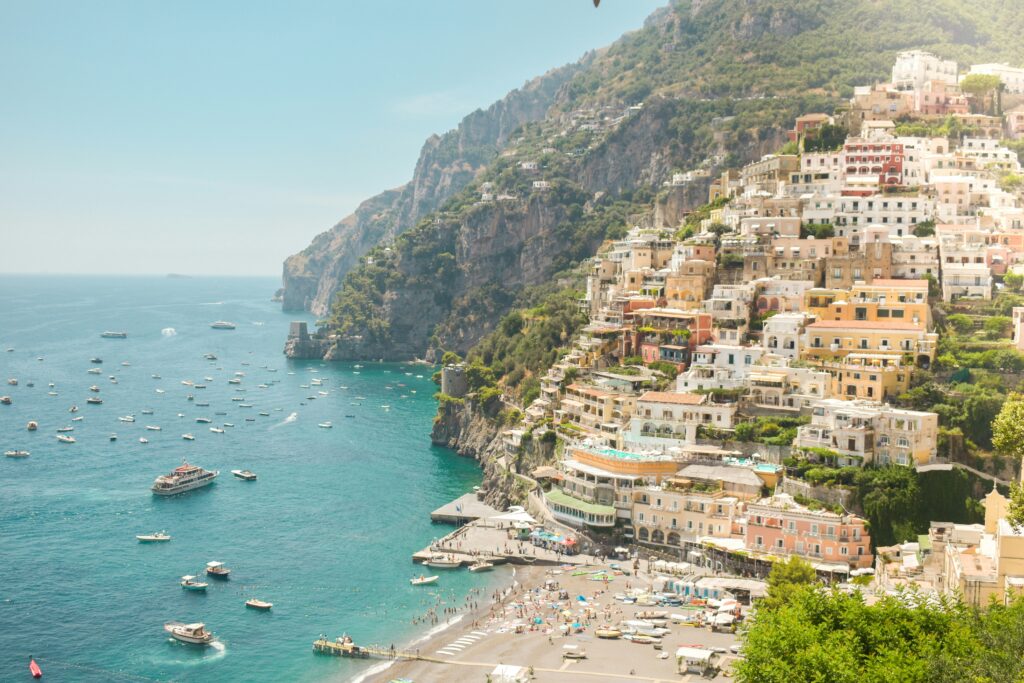
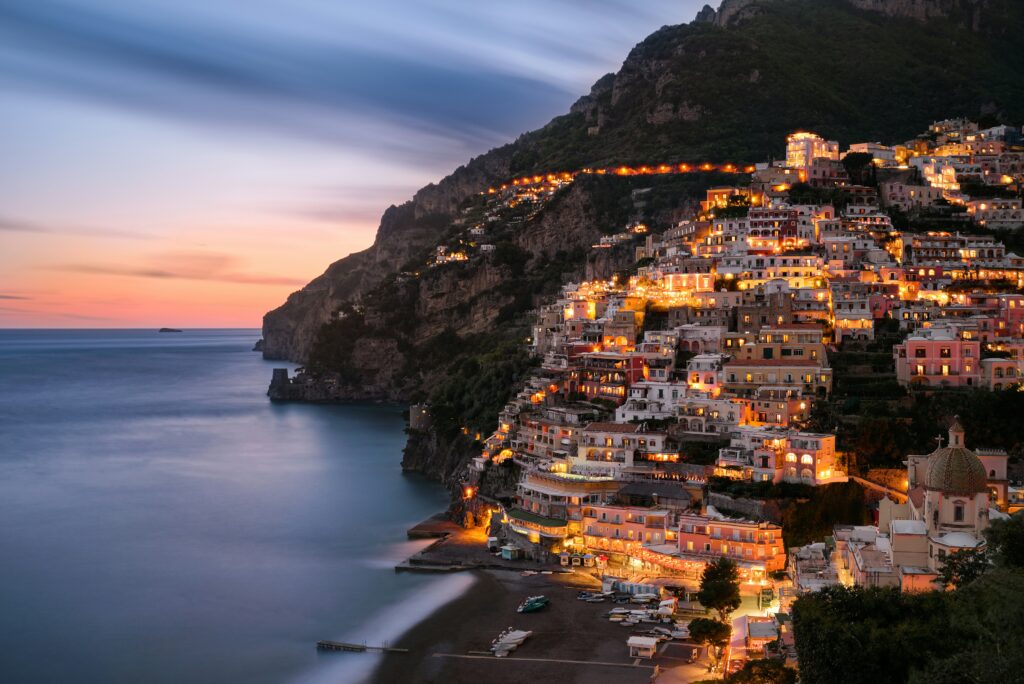
Coastal Village-Hopping: Positano to Ravello
Each village along the Amalfi Coast has its personality and charm. Positano dazzles with its vertical layout of pastel-colored houses cascading down to the sea. Amalfi impresses with its medieval architecture and beautiful cathedral.
For the best views, head to Ravello, perched high above the coastline. Villa Rufolo and Villa Cimbrone offer gardens with panoramic vistas that have inspired artists and writers for centuries.
Hiking the Path of the Gods
For active travelers, the “Sentiero degli Dei” (Path of the Gods) provides an unforgettable hiking experience with breathtaking views of the coastline. This moderately challenging trail runs between Bomerano and Nocelle.
Start early in the morning to avoid both heat and crowds. The complete hike takes about 3-4 hours, but the spectacular vistas of the Mediterranean and coastal towns make every step worthwhile.
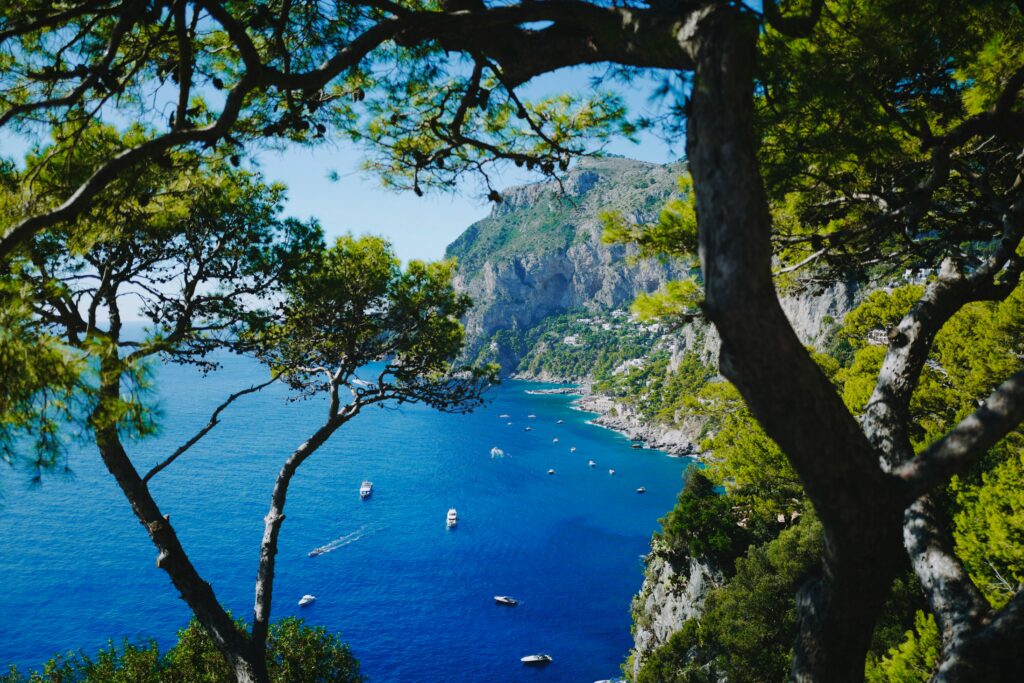
Culinary Delights of the Amalfi Region
The Amalfi Coast is famous for its lemons, which find their way into everything from pasta to the region’s signature liqueur, limoncello. Seafood also stars on local menus, often served with fresh-picked herbs and local olive oil.
If the Amalfi Coast captures your heart with its dramatic seaside vistas, the Cinque Terre will enchant you with its coastal charm, more intimate, rustic, and connected by breathtaking trails rather than winding roads.
5. Hike Between the Colorful Villages of Cinque Terre
The “Five Lands” of Cinque Terre offer a different kind of coastal magic with their colorful fishing villages perched dramatically on cliffs overlooking the Mediterranean.
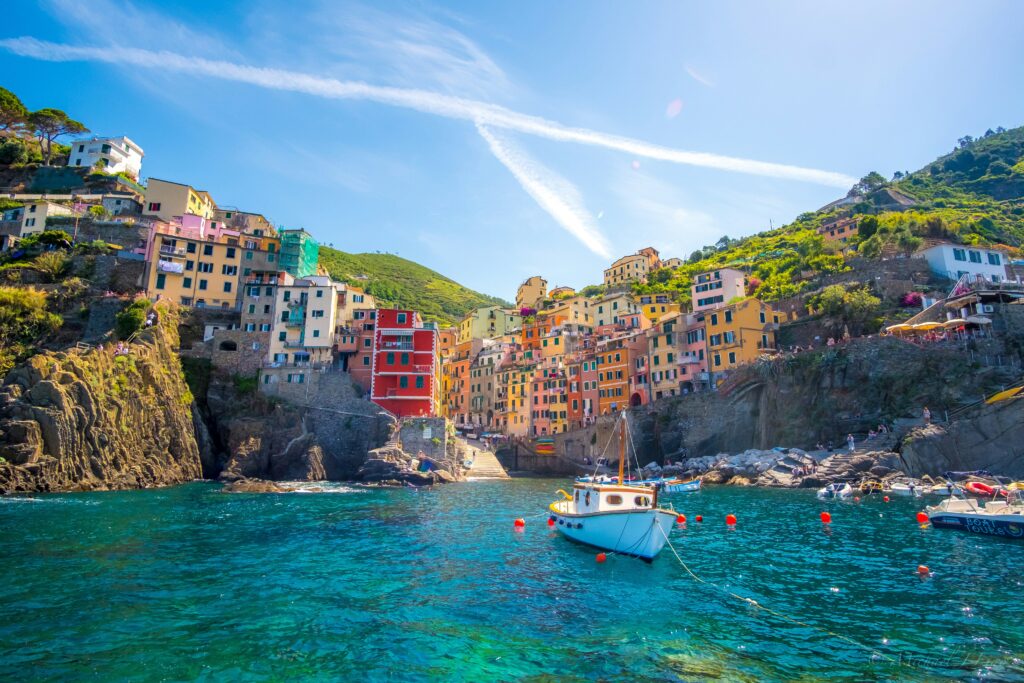
Village-to-Village Trail Experience
The blue trail connecting all five villages (Monterosso, Vernazza, Corniglia, Manarola, and Riomaggiore) provides varying degrees of difficulty. Some sections are easy strolls, while others involve more challenging climbs.
Check trail conditions before setting out, as sections occasionally close due to landslides. The Cinque Terre Card combines train travel between villages with trail access, making it a useful purchase for visitors.
Coastal Boat Tours: The Sea Perspective
For a different view of these picturesque villages, take a boat tour along the coast. This perspective showcases how dramatically the colorful buildings cling to the rugged cliffs.
Sunset cruises are particularly magical, as the fading light bathes the pastel buildings in golden hues. Most tours depart from Monterosso or La Spezia.
Local Cuisine and Wine Experiences
The steep terraces surrounding Cinque Terre produce delicious white wines, particularly the crisp Sciacchetrà. Local specialties include pesto (which originated in nearby Genoa) and fresh seafood caught daily by village fishermen.
After exploring Italy’s spectacular landscapes, it’s time to turn our attention to perhaps the country’s most beloved contribution to world culture, its extraordinary cuisine.
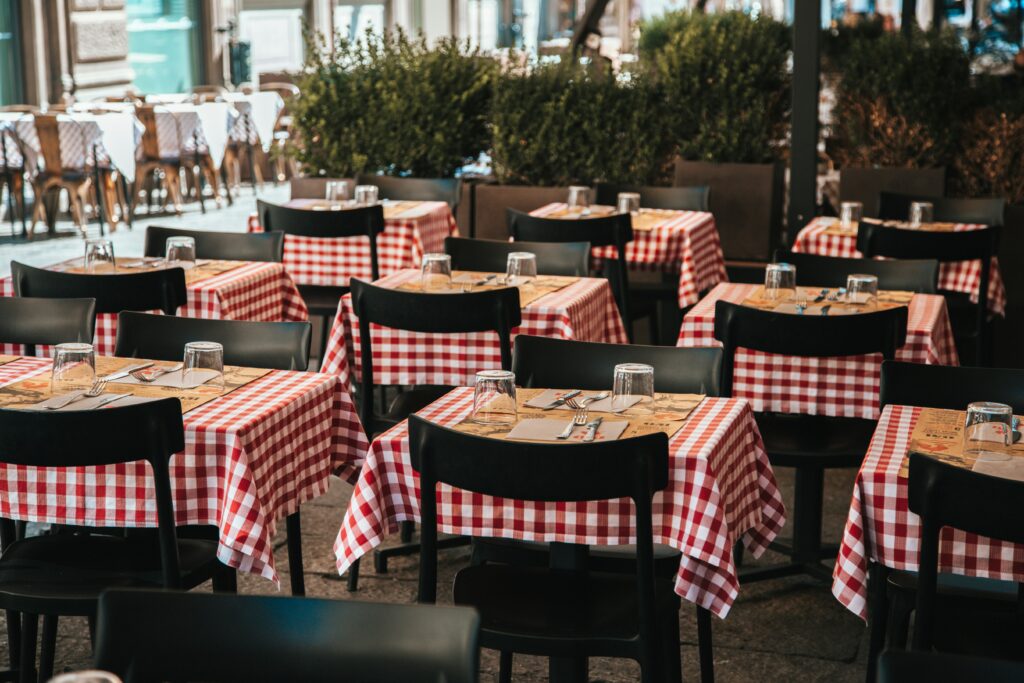

6. Indulge in Regional Italian Cuisine
Italian food varies dramatically from region to region, with each area specializing in dishes based on local ingredients and traditions. Exploring these culinary differences is one of the best things to do in Italy for first-time travelers.
Regional Food Tours and Cooking Classes
Participating in a food tour or cooking class offers insight into Italy’s food culture that you can’t get from restaurant dining alone.
In Bologna, learn to make fresh pasta by hand. In Rome, join a food tour through the Testaccio market. Many agriturismo (farm stays) offer cooking classes using ingredients grown on-site, providing a true farm-to-table experience.
Strategic Food Itinerary Planning
Plan some of your travel around specific food regions: Emilia-Romagna for Parmigiano-Reggiano, prosciutto, and balsamic vinegar; Piedmont for truffles and Barolo wine; Naples for the world’s best pizza.

Remember that Italians take meal times seriously. Lunch typically runs from 1-3 pm, and dinner starts after 8 pm. Restaurants that serve all day generally cater to tourists rather than locals.
Wine Country Explorations
Italy produces exceptional wines in regions throughout the country. Tuscany’s rolling hills offer Chianti and Brunello. The Langhe area of Piedmont is home to Barolo and Barbaresco. Sicily and Puglia produce robust southern varieties.
With your palate delighted by Italy’s regional flavors, prepare to feast your eyes on some of humanity’s greatest artistic and spiritual treasures at the Vatican.
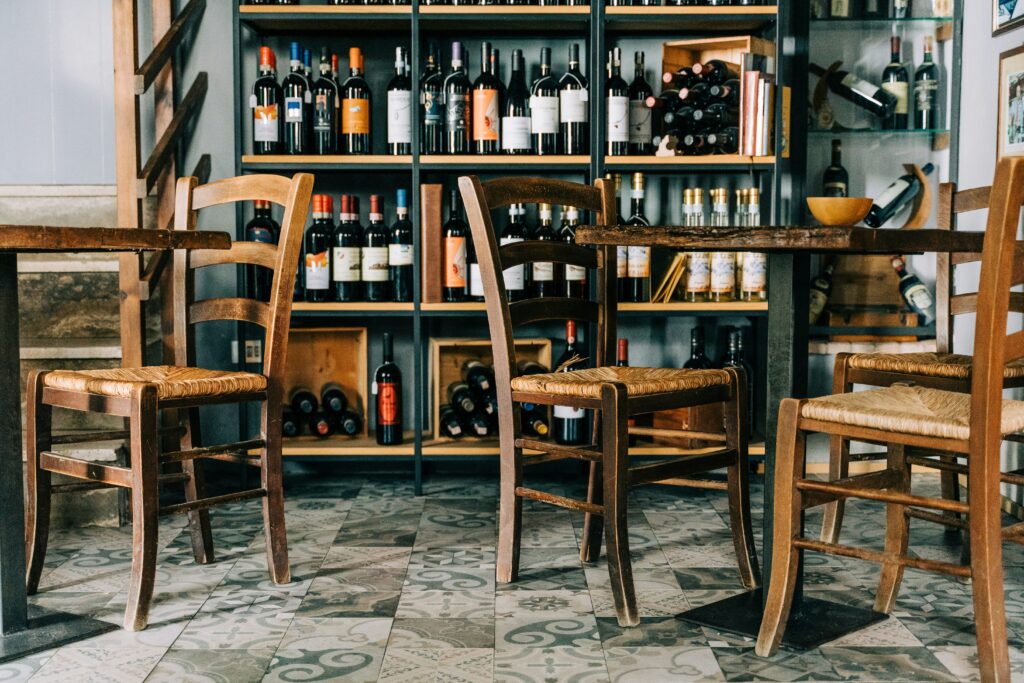
7. Marvel at Vatican City’s Treasures
Though technically the world’s smallest sovereign state, Vatican City houses an unparalleled concentration of artistic and religious treasures.
Vatican Museums and Sistine Chapel
The Vatican Museums contain one of the world’s most impressive art collections, culminating in Michelangelo’s awe-inspiring Sistine Chapel ceiling. Plan to spend at least half a day here, as the museums comprise over 7 miles of exhibits.
Book tickets in advance and consider an early morning or evening tour to avoid the worst crowds. Photography is forbidden in the Sistine Chapel, so take time to simply look up and absorb the masterpiece above you.

St. Peter’s Basilica: Architectural Wonder
St. Peter’s Basilica stands as the world’s largest church and a triumph of Renaissance architecture. Highlights include Michelangelo’s Pietà, Bernini’s Baldacchino, and the opportunity to climb to the top of the dome for panoramic views.
Visit early in the morning to avoid lines and dress appropriately; no shorts, bare shoulders, or short skirts are permitted in this sacred space.
Hidden Gems Within Vatican Walls
Beyond the main attractions, look for lesser-known treasures like the Vatican Gardens, Pope Nicholas V’s chapel decorated by Fra Angelico, and the Vatican’s historical post office where you can send postcards with rare Vatican stamps.
After the magnificence and crowds of Vatican City, the gentle rolling hills of Tuscany offer a welcome change of pace.
8. Explore Tuscan Hilltop Towns and Countryside
Tuscany’s landscape of cypress-lined roads, vineyards, and medieval towns perched atop hills seems straight from a Renaissance painting.
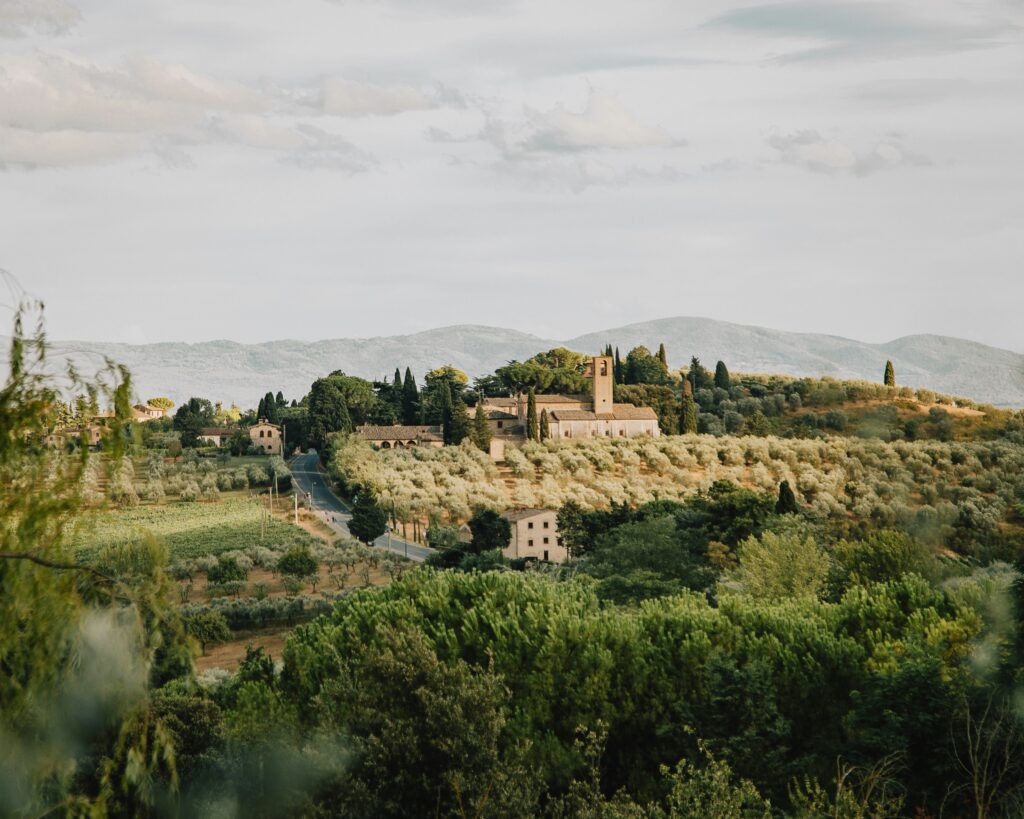
San Gimignano, Siena, and Beyond
San Gimignano’s medieval towers create an unforgettable skyline, while Siena offers one of Italy’s most beautiful central squares, the shell-shaped Piazza del Campo. Smaller towns like Montepulciano and Pienza provide equally charming experiences with fewer tourists.
Consider renting a car for this region to reach smaller towns and scenic viewpoints not served by public transportation.
Tuscan Countryside Experiences
For an authentic experience, stay in an agriturismo (farm stay), where you can participate in seasonal activities like grape harvesting, olive picking, or truffle hunting, depending on when you visit.
The Val d’Orcia region offers possibly the most photographed landscapes in Tuscany, with gentle hills and isolated farmhouses that define the classic Tuscan postcard image.
Cultural Festivals and Events
If possible, time your visit to coincide with one of Tuscany’s many traditional festivals. Siena’s Palio horse race (held twice yearly in July and August) transforms the city with medieval pageantry and intense neighborhood rivalries.
From Tuscany’s sun-drenched hills, we journey northward where Italy’s landscape transforms dramatically. The Alpine regions reveal yet another face of this diverse country.
9. Experience Northern Italy’s Alpine Beauty
Italy’s northern borders with Switzerland, Austria, and France offer spectacular mountain landscapes that contrast dramatically with the country’s Mediterranean image.
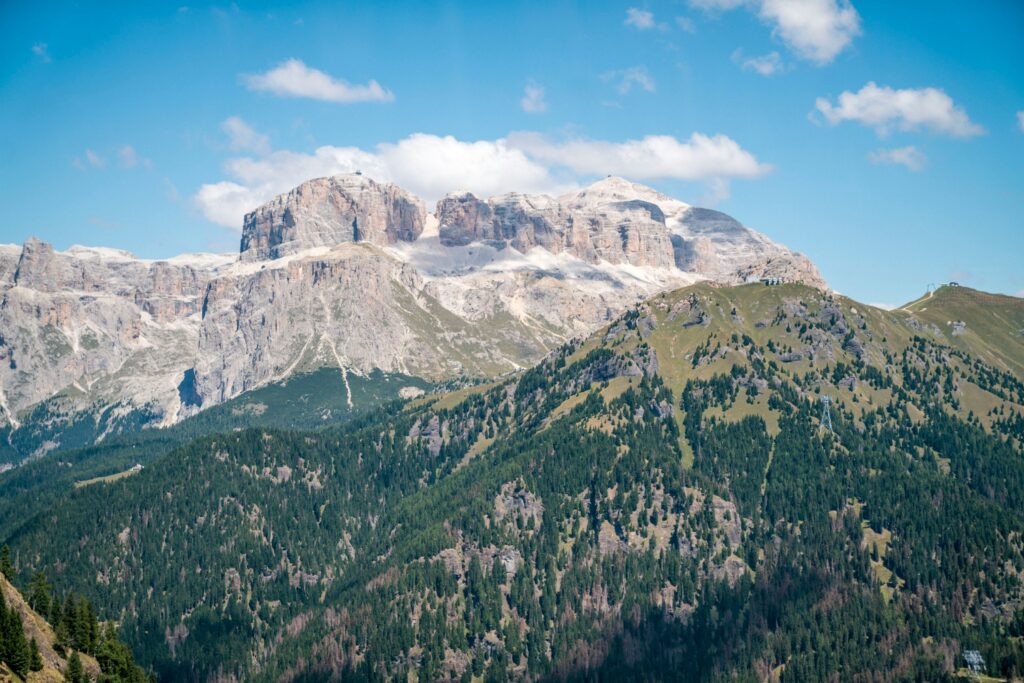
The Dolomites: Nature’s Masterpiece
The distinctive pale limestone peaks of the Dolomites create some of Europe’s most dramatic mountain scenery. In summer, extensive hiking trails range from easy walks to challenging climbs. Winter brings excellent skiing at resorts like Cortina d’Ampezzo.
The region’s unique blend of Italian and Austrian influences creates distinctive food, architecture, and culture not found elsewhere in Italy.
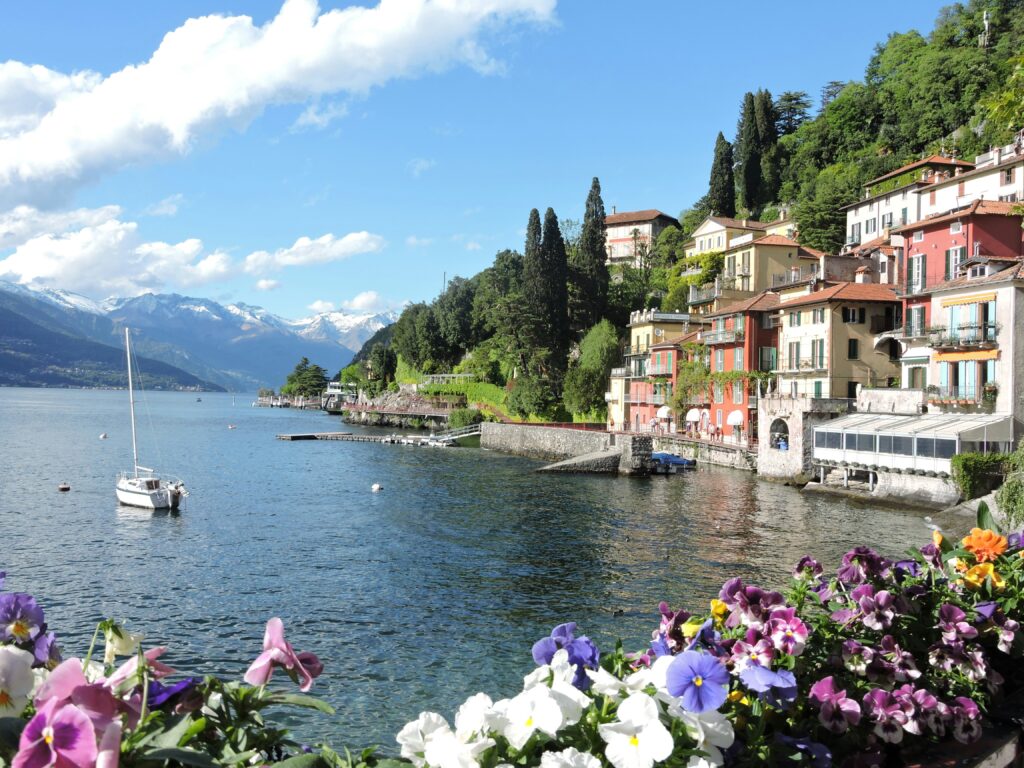
Lake Como and the Italian Lakes
The Italian Lakes region offers a perfect blend of natural beauty, elegant villas, and charming lakeside towns. Lake Como attracts visitors with its spectacular mountain scenery and glamorous atmosphere.
Take a boat tour to appreciate the lake’s beauty and visit villages like Bellagio, Varenna, and Como. Many historic villas with beautiful gardens are open to visitors, including Villa del Balbianello and Villa Carlotta.
Discover more villa options by comparing offers with Villapicker. You’ll easily find the one that perfectly suits your needs!
Alpine Cuisine and Cultural Influences
Northern Italian cuisine reflects the mountain environment with hearty dishes like polenta, risotto, and alpine cheeses. Germanic influences appear in the form of speck (smoked ham) and canederli (bread dumplings).
Having explored the northern reaches of Italy, we now turn to its southernmost jewel an island with a character entirely its own.
10. Discover Sicily’s Unique Character and History
Sicily’s strategic position at the crossroads of the Mediterranean has created a cultural melting pot where Greek, Roman, Arab, Norman, and Spanish influences converge.
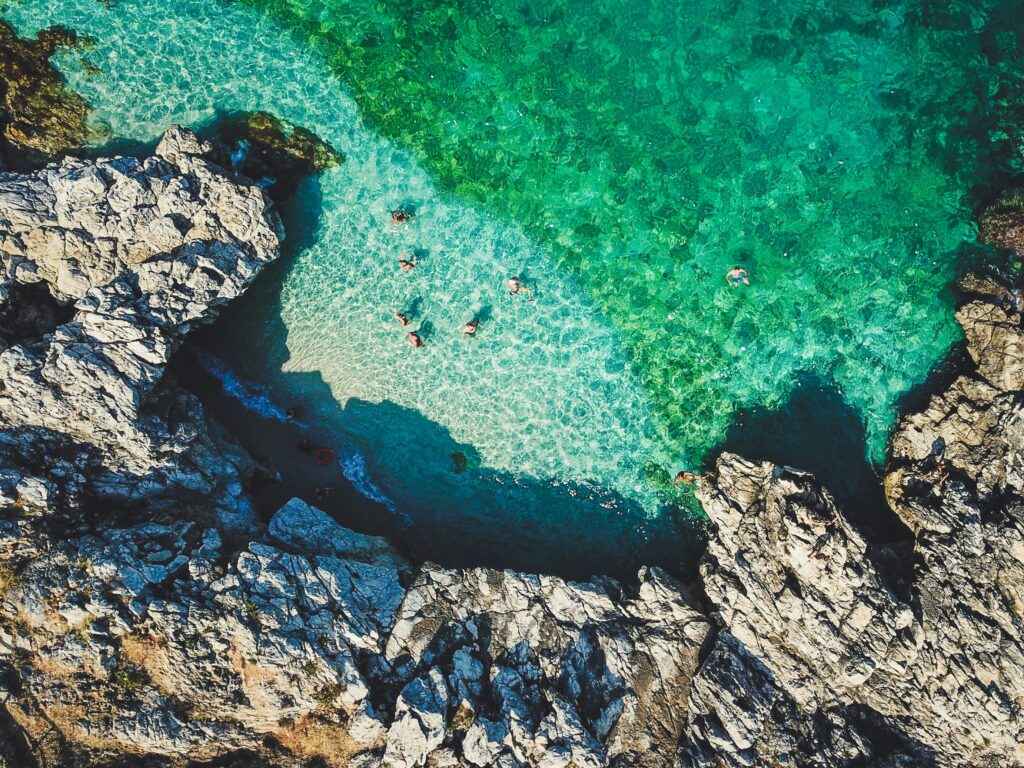
Archaeological Wonders
Sicily boasts some of the best-preserved Greek temples outside Greece itself. The Valley of the Temples near Agrigento features seven monumental Greek temples dating from the 5th century BCE.
The Roman Villa del Casale near Piazza Armerina contains remarkably well-preserved mosaic floors depicting everything from hunting scenes to women exercising in bikini-like clothing.
Mount Etna: Europe’s Most Active Volcano
A visit to Mount Etna offers the chance to explore Europe’s tallest active volcano. Various tours provide different experiences, from easy walks around extinct craters to more challenging hikes toward the summit.
The fertile volcanic soil supports extensive agriculture, particularly vineyards producing distinctive wines worth sampling at local wineries.
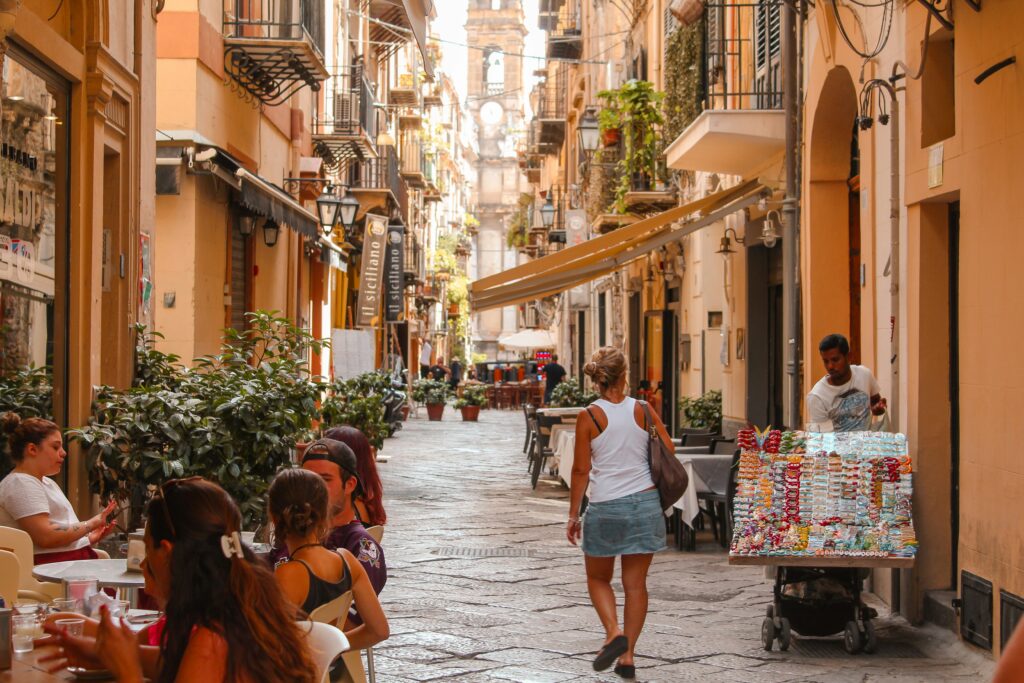
Authentic Sicilian Culture
Sicily’s distinctive cuisine reflects its many historical influences. Try street food in Palermo’s markets, sample cannoli in their birthplace, and enjoy fresh seafood along the coast.
The island’s vibrant puppet theater tradition (Opera dei Pupi) tells tales of medieval knights and is recognized by UNESCO as an Intangible Cultural Heritage.
With the wonders of Sicily completing our tour of Italy’s diverse regions, let’s turn to the practical matters that will help make your journey smoother.
FAQs
What’s the Best First-Time Itinerary in Italy?
For a 10-day first visit, focus on the “Holy Trinity” of Rome (3 days), Florence (3 days), and Venice (2 days). Add 2 days in either Tuscany or the Amalfi Coast, depending on your interests. This balanced itinerary gives you a taste of Italy’s history, art, food, and landscapes without rushing too much.
When Is the Best Time to Visit Italy?
The ideal time is during shoulder seasons (April-May or September-October) when weather remains pleasant but crowds diminish and prices drop. Summer brings perfect beach weather but intense heat in cities and maximum tourist numbers. Winter offers the quietest experience, but with some seasonal closures in coastal areas.
How Much Should I Budget for Italy?
Plan for €100-150 per person daily for mid-range travel, including accommodations, meals, transportation, and attractions. Budget travelers can manage on €70-80 daily with hostels and affordable eateries, while luxury travelers should budget €300+ for high-end experiences. Always keep cash handy, as some smaller establishments don’t accept cards.
The Beginning of Your Italian Love Affair
This guide offers just a glimpse into Italy’s endless charm. First-time visitors often start planning their return before they even leave. Beyond iconic landmarks, Italy’s magic lies in its quiet moments, sharing espresso with locals, wandering cobbled streets, or watching a golden sunset in Venice.
While seeing the top sights is a must, don’t forget to embrace the unexpected. It’s these spontaneous, authentic experiences that truly make an Italian adventure unforgettable and keep travelers coming back for more.




